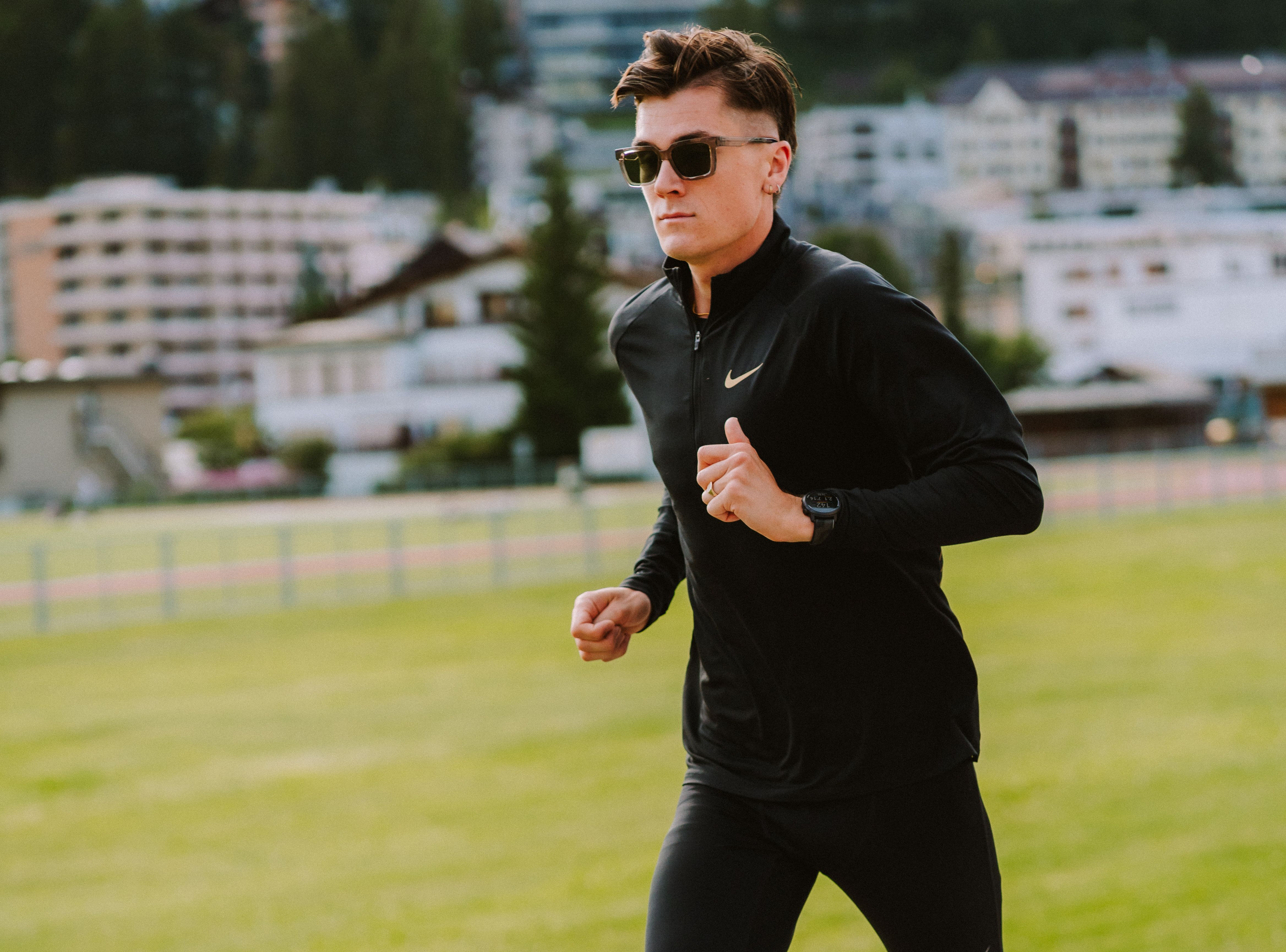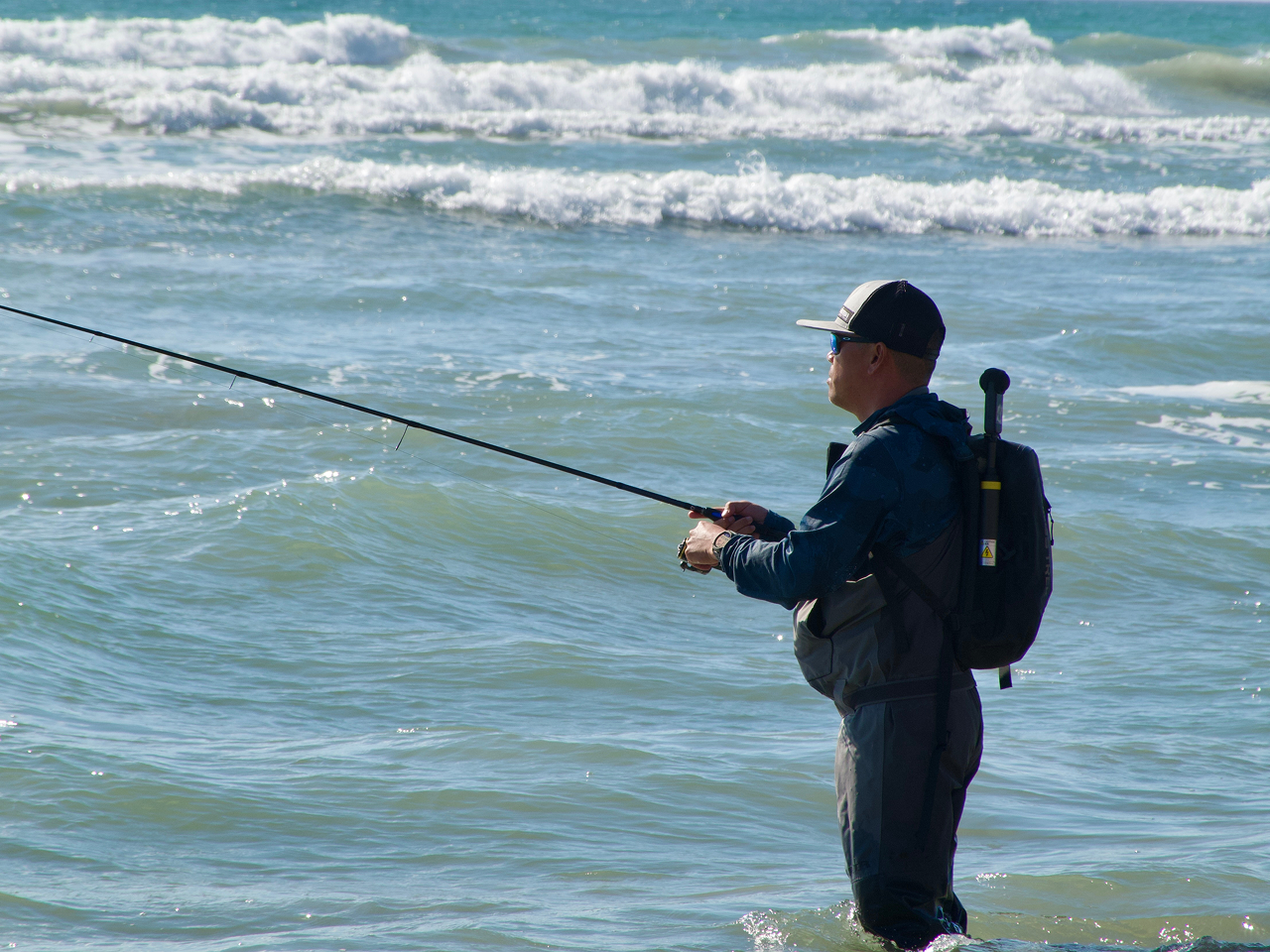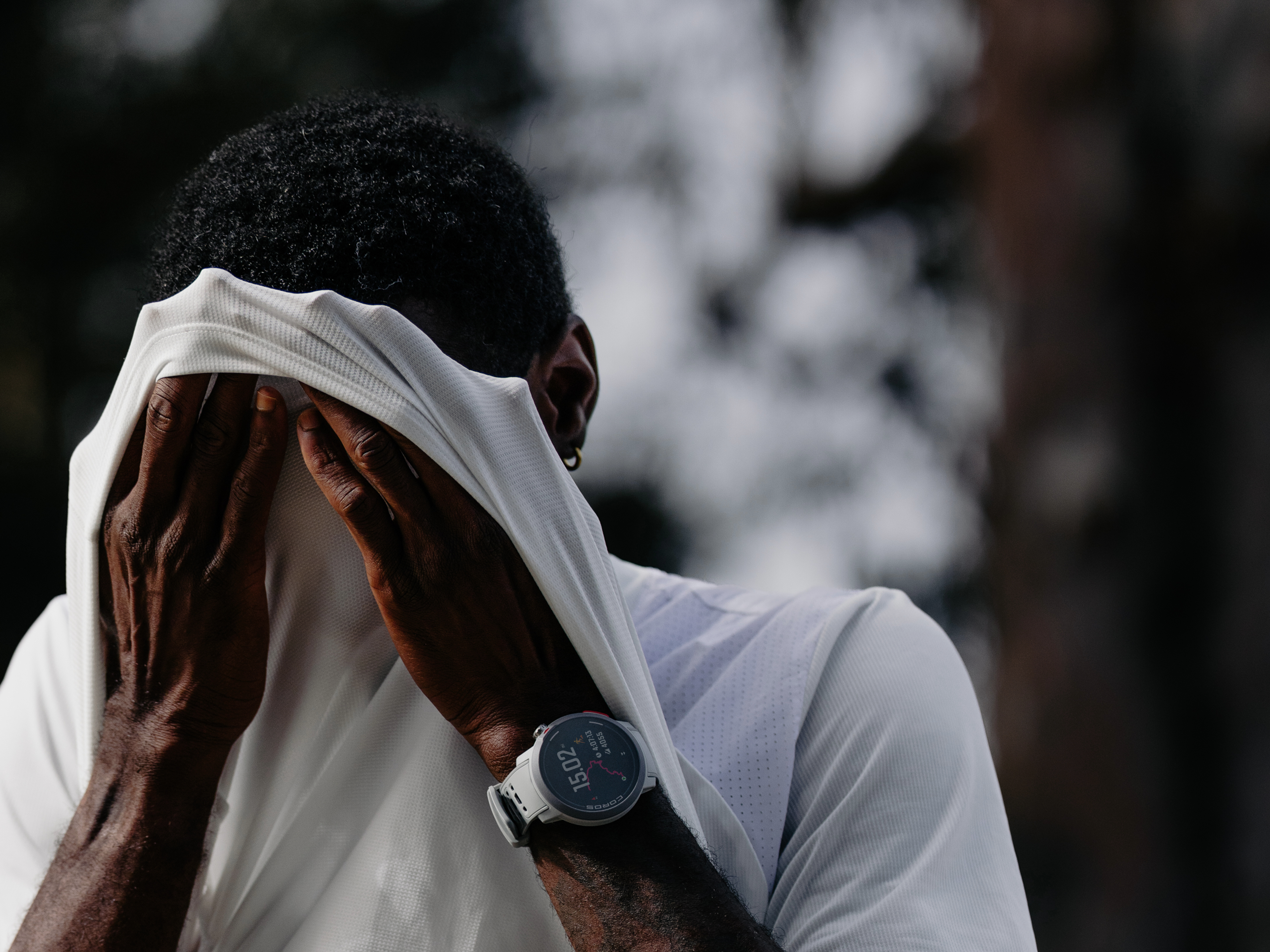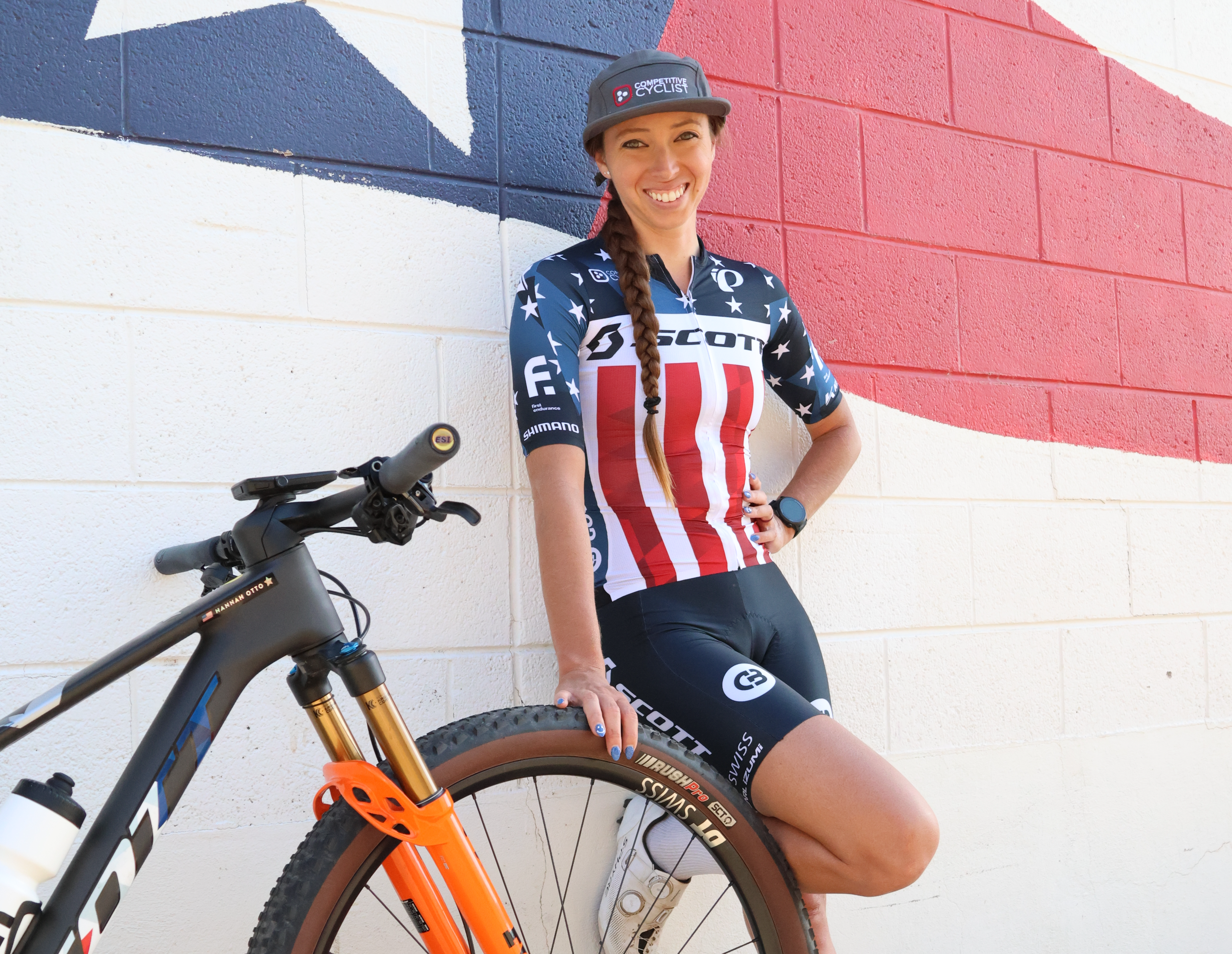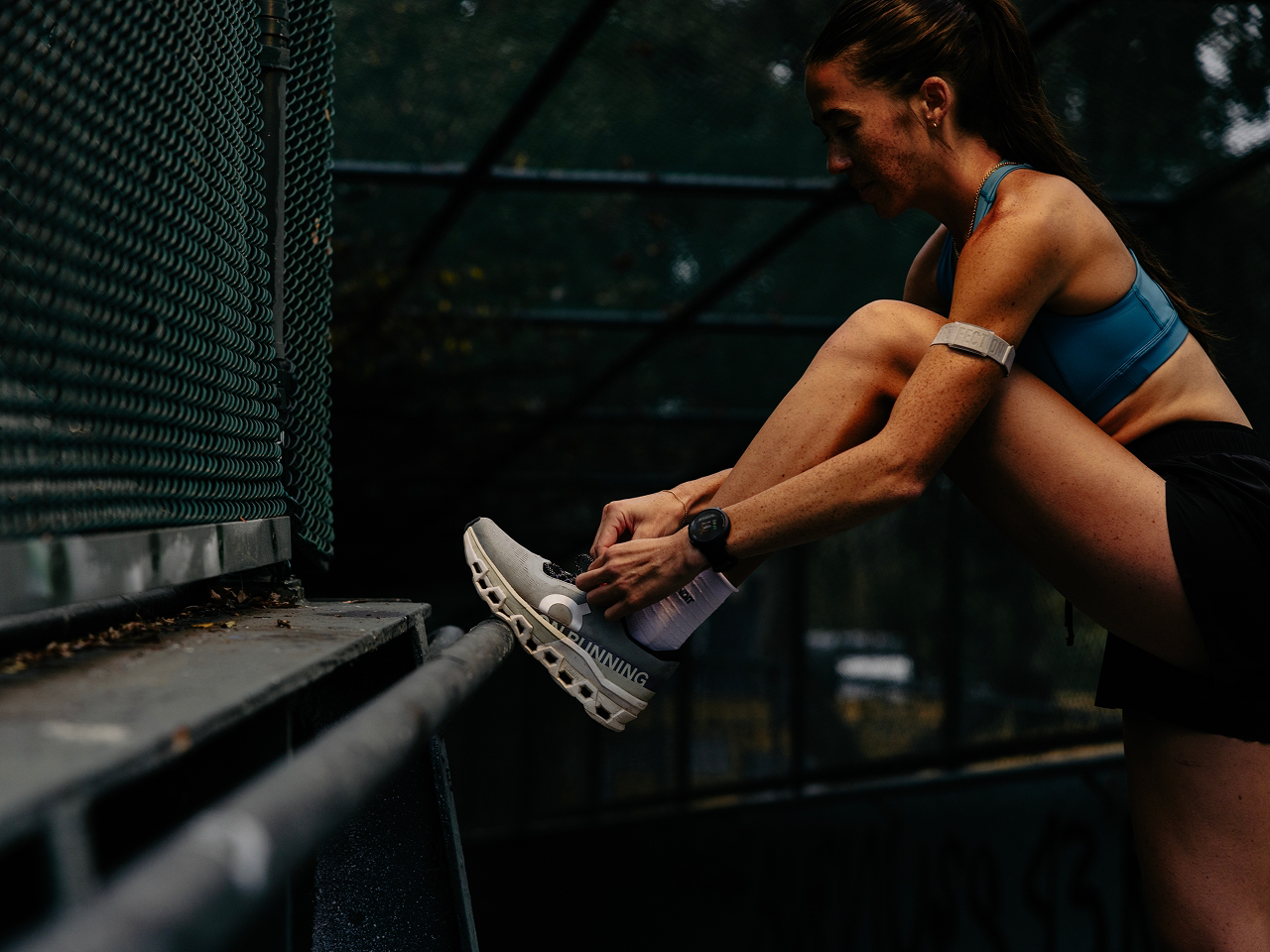While it is possible to monitor your intensity in different ways during cycling, power and heart rate remain the most popular choices for all cyclists.
COROS Coaches present below the pros and cons of both intensity types depending on what equipment you have at your disposal.
What To Monitor During Cycling?
There are multiple ways to track your intensity during cycling workouts, such as power and heart rate. While they are both intensity types, they do present themselves with a few differences.
Power:
- Reflects the total work (in Watts) your body is producing at any time while on the bike. While power can be seen as an external metric (work being done), it is not influenced by any external factor such as wind or excessive fatigue from your body. 200W is the same work for your body any day.
- Power is divided in 7 intensity zones based on your Functional Threshold Power (FTP).
Heart Rate:
- Reflects the physiological work your heart is experiencing at any time (in bpm). Since HR is an internal metric (coming from your body), it can be influenced by external factors like fatigue, sleep, heat, dehydration etc. 140bpm can be hard one day, but easier the next.
- HR is divided into 6 intensity zones based on your Threshold HR.
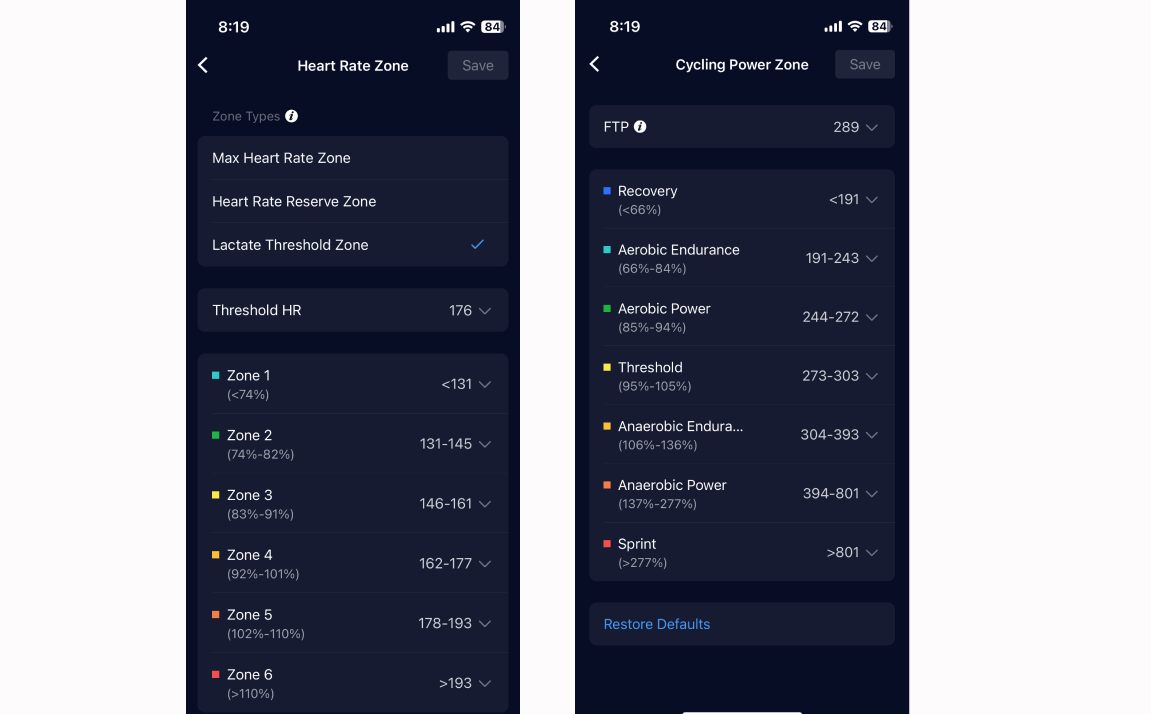
Threshold Heart Rate and Cycling Power Zones from COROS app
Power and heart rate both measure how hard you are working on the bike. However, since they do it in different ways, they have their own pros and cons as described below.
| Intensity Type | Definition | Pros | Cons |
| Power (Watts) | Reflects the total work (in Watts) your body is producing at any time while on the bike. | - Values update instantly - Values are not influenced by any external factors (e.g., wind, fatigue) - Values can easily be monitored and compared over time | - Less accessible - More expensive - Doesn't account for how your body is feeling, very objective |
| Heart Rate (bpm) | Reflects the physiological work your heart is experiencing at any time (in bpm). | - Easily accessible - Cost efficient - Often the best indicator of how you're actually feeling | - Delay in between intensity change and display - Day-to-day variations |
I don't have a power meter, can I still use power as my intensity type? Unfortunately a power meter is the only way for you to receive power metrics from your workouts. If you don't have a power meter, we encourage you to use heart rate as your form of intensity type during your cycling workouts.
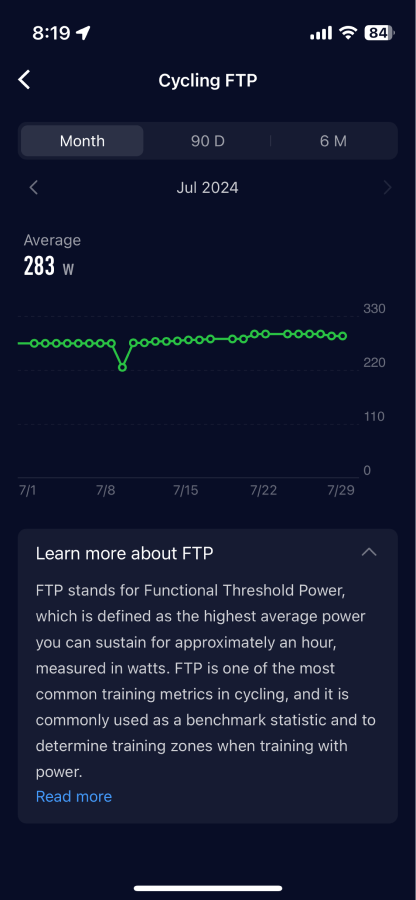
FTP graph from COROS app
Depending on if you are training with heart rate or power, there are a few aspects to consider for you to be as effective as possible during your sessions. Take a look below at our top tips when using cycling HR and Power as your intensity type on the bike.
What Should I Consider When Using Heart Rate?
Expect overall lower values. In general, your heart rate during cycling can be lower than other sports for the same intensity. This is due to your position on the bike that puts your heart closer to your center of mass and not requiring as much force to send blood everywhere.
Expect some delay between an intensity change and your HR values. Since most of the work done while cycling is coming from your legs, there is a certain delay between your legs requiring more blood and your heart sending more down your legs. This delay can be up to 2min in some cases. We encourage you to then ease into any interval slowly for about 60-90sec before assessing how you feel.
Cadence is important. Your HR is closely influenced by how fast you are pedaling while cycling. With a slow cadence (<60rpm), your heart rate may take longer to adjust to the intensity. With a higher cadence (>100rpm), it will increase faster than usual while losing efficiency along the way. We encourage you to keep a cadence of 80-90rpm during your workouts to ensure you are as consistent and efficient as possible.
Pro Tip: As you become more experienced in cycling, you can raise your cadence and build cardiovascular efficiency. Some of the best cyclists in the world ride at 100-105rpm as they have trained their body and cardio system to support this.
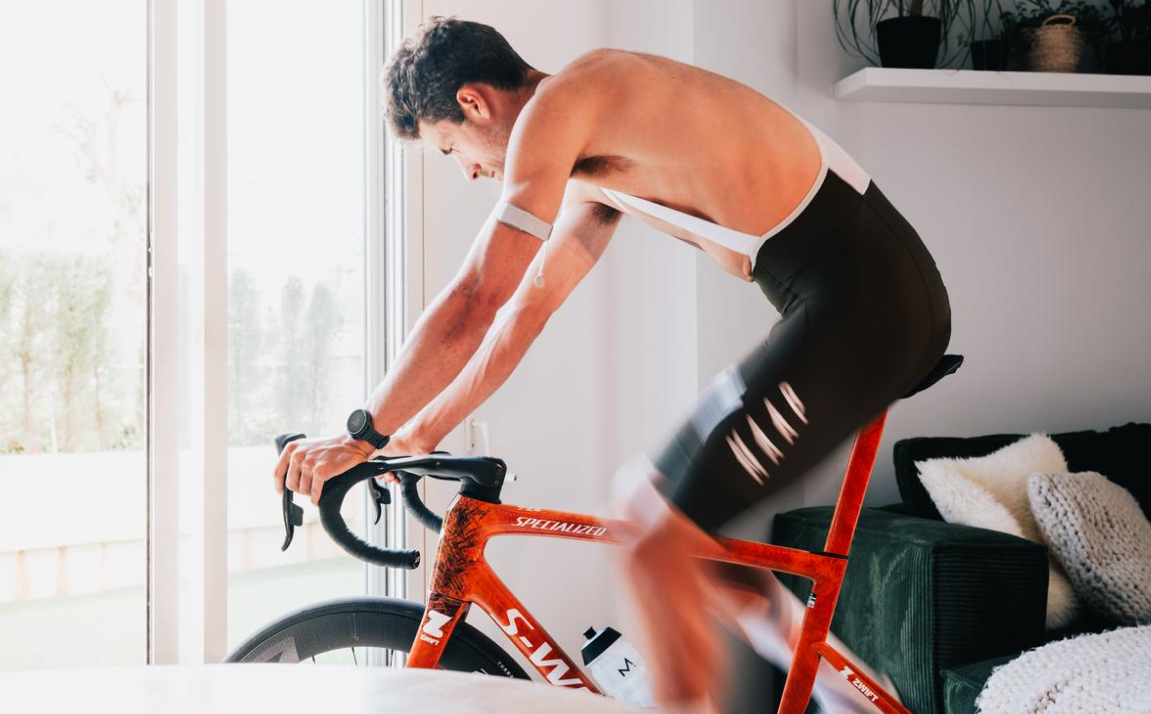
What Should I Consider When Using Power?
Power as an External Metric: Power is an external measurement of how much work you're doing on the bike. It doesn't account for internal factors like fatigue, hydration, or temperature, which can affect your performance. If you are seeing dips in performance with power, it's a good idea to also wear a heart rate monitor so you can see the effort your body is experiencing regardless of how much power you're outputting.
Power changes instantly: While your heart rate may have a delay due to the bodies response to effort, power is instantaneous. For many cyclists just starting out, this can become overwhelming and confusing. We recommend setting your DURA head unit to either a 3 second or 10 second power average to smooth out your power display which often helps cyclists maintain proper training zones.
Know your goals: When training with power, you can become far more precise in targeting specific efforts while on the bike. Know whether you're training for endurance, threshold, VO2, or sprinting. For your key training sessions, aim to accumulate time in these zones for more effective results
Pro Tip: Use both power and heart rate data together for a more comprehensive understanding of your training. Power gives you real-time effort, while heart rate shows how your body is responding over time. This combination helps you tailor your training intensity more precisely.

/filters:quality(90)/fit-in/970x750/coros-web-faq/upload/images/98fe32f4f41a6a425c8a886b47c66ac6.png)
